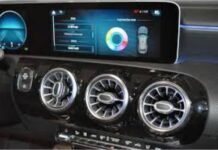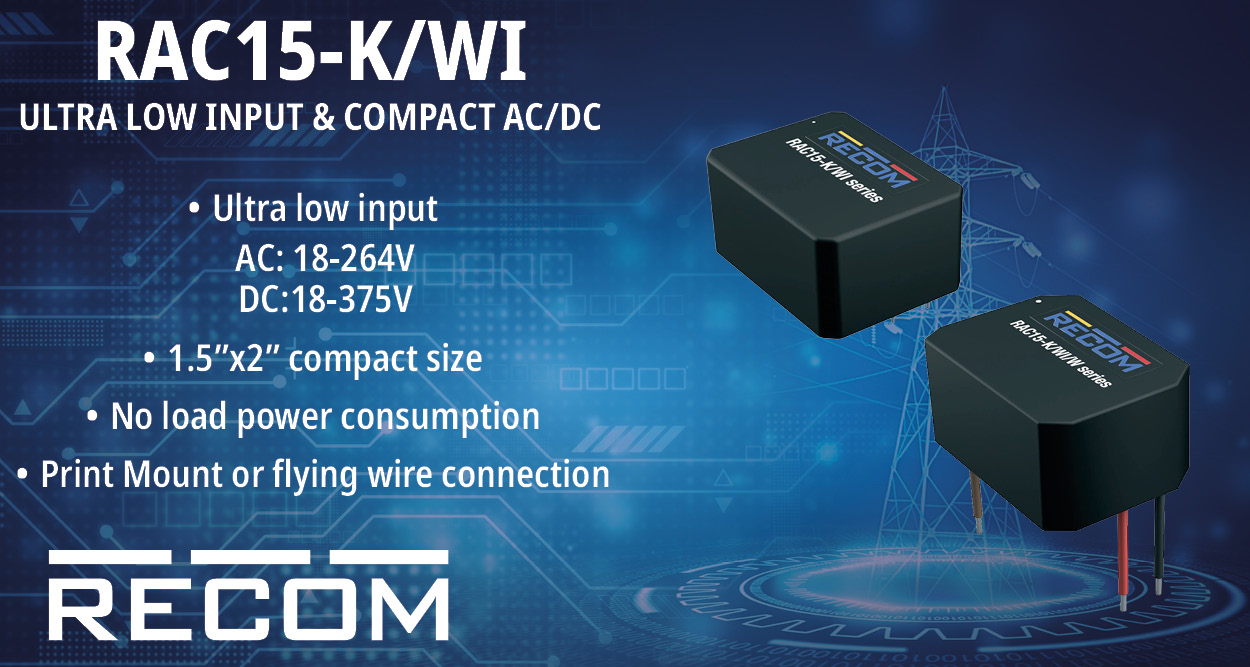Modern automobiles are becoming increasingly complex and electrically noisy. The shift towards electrical mobility is creating a critical need for ensuring the stability and accuracy of Electronic Control Units (ECUs) for safety and performance. Furthermore, regulatory policies concerning emissions control and vehicle safety are compelling automotive manufacturers to integrate more sophisticated ECUs into their vehicles. The increasing sophistication and interconnectedness of automotive ECUs are driving the critical need for isolation amplifiers. These components play a vital role in ensuring system stability and accuracy by providing galvanic isolation between different voltage domains within the vehicle. By safeguarding sensitive ECU circuitry from interference and voltage fluctuations prevalent in the automotive landscape, these amplifiers contribute significantly to the overall reliability, stability, and accuracy of vital vehicle control systems.
What is an Isolation Amplifier?
An isolation amplifier functions as a specialized type of instrument designed to transmit an analog signal across a distinct barrier separating its input and output stages. This barrier, which prevents any direct electrical connection between the two sections, is implemented using various technologies, including transformers, optical isolators, or capacitive coupling. The primary objective of employing an isolation amplifier is to impede the transmission of high voltage or current from one part of a circuit to another. This crucial function serves to safeguard the circuit from potential damage and to prevent unwanted interference with the integrity of the signals being processed.
What is an Automotive ECU?
An electronic control unit refers to the computerized component within vehicles that functions to control and manage various systems. It functions by receiving real-time input from strategically distributed sensors in vehicles. By measuring several parameters such as engine timing, vehicle temperature, and vehicle speed ECU processes this incoming data utilizing embedded software that incorporates specific algorithms tailored to each system under its management. Based on this processed information, the ECU transmits output signals to various system actuators. These actuators then translate these commands into physical actions, enabling the adjustment of different components within the vehicle as required. Several ECUs developed to control specific systems in vehicles are the Engine Control Unit (ECU), Transmission Control Unit (TCU), the Anti-lock Braking System (ABS), Electronic Stability Control (ESC), Airbag System, Climate Control System, and Lighting and Wiper Systems, among others.
How Isolation Amplifiers Enhance System Stability and Accuracy in Automotive ECUs:
Enhancement of System Stability
Isolation amplifiers improve the system stability in automotive ECUs primarily by providing crucial galvanic isolation. The electrical separation breaches the direct conductive path between various circuits. This prevents the development of ground loops. The ground loops that are caused because of various grounding points with modifying potentials in the complex electrical systems that are present in vehicles induce unwanted noise and interfere with the signals provided by the ECU. The isolation of these circuits with an amplifier confirms that the integrity of the signal is maintained. This prevents the disorientation of ECUs and provides accurate data transmission between the ECUs and the sensors. This pathway of clean signals is crucial for the reliable operation of essential automotive functions that mainly include the braking systems, the control of engines, and advanced driver assistance systems (ADAS). This leads to the overall stability and safety of the vehicle’s electronic architecture.
Enhancement of Accuracy
Isolation amplifiers improve the accuracy in automotive ECUs by reducing the ground loops, reducing noise, and providing protection against high voltage. This is important for reliable and accurate measurement of voltages and currents in the harsh automotive environment. In various automotive systems, the parts of vehicles have differing ground potentials. These amplifiers break the ground loop and provide a separate, isolated ground for the signal measurement, thus ensuring a more accurate and reliable reading. Additionally, these amplifiers are developed to withstand high voltages, protecting the ECU and its components from high voltage fluctuations. This ensures the ECU is reliably measured and processes signals even in challenging situations. These properties provided by isolation amplifiers altogether enhance the accuracy in automotive ECUs.
Conclusion:
The rise in the electrical complexity in vehicles and the shift towards electrification influence the adoption of isolation amplifiers in confirming the stability and accuracy of automotive ECUs. By offering important galvanic isolation, these components effectively prevent the formation of detrimental ground loops. These loops are the reason for the introduction of noise, and they disrupt the major signal of the sensor. This pathway of clean signal is important for the reliable operation of safety-critical systems like engine control, braking, and Advanced Driver-Assistance Systems (ADAS). This contributes significantly to overall vehicle stability. Additionally, these amplifiers enhance accuracy by reducing the noise, breaking ground loops caused by differing ground potential across the vehicle, and protecting sensitive ECU circuitry from high-voltage fluctuations prevalent in the harsh automotive environment. The integration of these amplifiers is therefore important for the robust and accurate functioning of sophisticated electronic architecture in today’s automobiles.

















